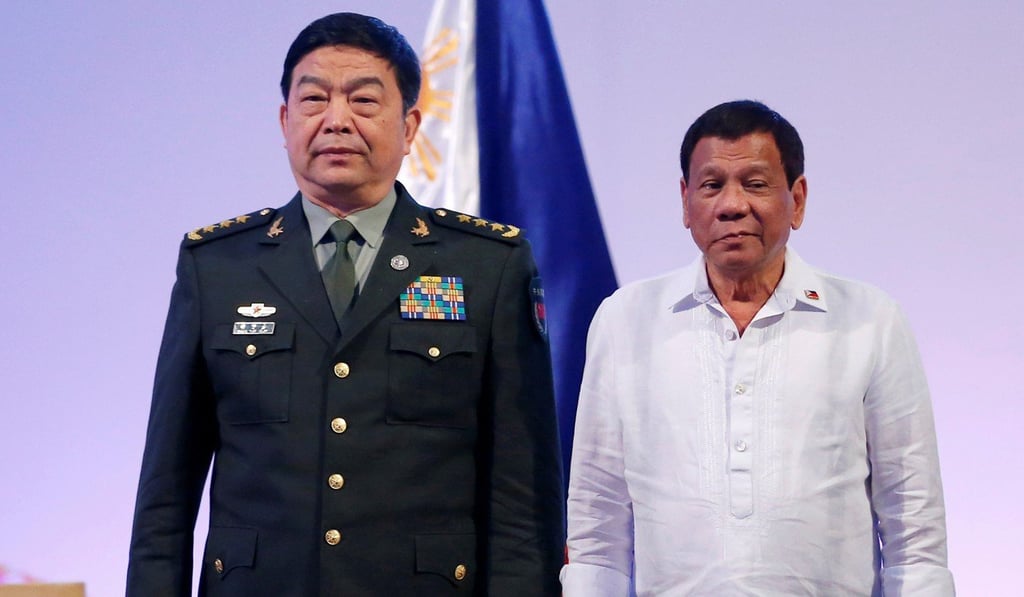Lull in South China Sea tensions brings joint Asean-China naval drill closer
Exercise likely to be modest in scope and focus on areas such as search-and-rescue and information sharing

After adopting the framework on the proposed code of conduct in the South China Sea in Manila in August, the Association of Southeast Asian Nations (Asean) and China attained yet another milestone this month.
On the sidelines of the Asean defence ministers’ meeting in the Philippine city of Clark, they agreed to aim for an inaugural joint maritime exercise between their navies next year. However, the specifics have yet to be tied down. “We’ll work out the details. See the logistics ... and find a suitable area where Asean and China navies can exercise together,” Singaporean Defence Minister Ng Eng Hen said.
But the idea of having an Asean-China joint exercise is not new. As part of the “early harvest” projects listed in the chairman’s statement at the 17th Asean-China Summit in Naypyidaw, Myanmar, in November 2014, a table-top search-and-rescue exercise was proposed, along with two hotline mechanisms – one between foreign ministries on maritime emergencies, and another between search-and-rescue agencies.
Subsequently, Beijing called for a joint exercise to be held, first in October 2015 and then in May 2016, amid rising tensions in the South China Sea. While there was common interest expressed by Asean member states on that last occasion, there was no agreement reached – attributed to a lack of trust – even though the Philippines and Vietnam reportedly “simply acknowledged it”. In June this year, it was revealed that Asean and China were again exploring a joint exercise – in no small part facilitated by the easing of tensions in the South China Sea.
